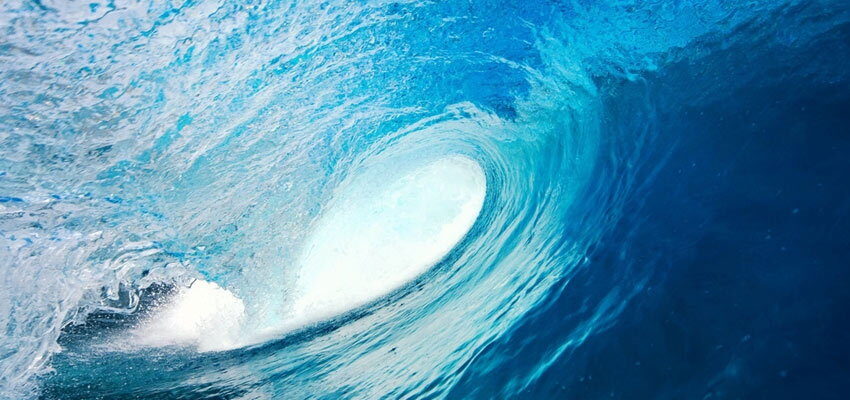Siemens to develop power supply systems for deep sea factories
Siemens is developing power technology for deep sea factories - self-sufficient oil and gas extraction facilities which will one day exploit raw material deposits on the sea floor. They are located thousands of metres under water and must operate reliably for several decades.

85b62d4a27ea43297eb1ab349b6e06c6
Siemens is developing power technology for deep sea factories – self-sufficient oil and gas extraction facilities which will one day exploit raw material deposits on the sea floor. They are located thousands of metres under water and must operate reliably for several decades.
Siemens reported in Pictures of the Future that they are testing components for deep sea facilities in a special pressure chamber in Trondheim, Norway as there is no empirical data about the high water pressure’s long-term effects on transformers and other network components.
The Norwegian energy company Statoil plans to build oil and gas extraction facilities deep under water in 2020.
Self-sufficient deep sea factories pump oil or gas directly out of the wells and compress the gas before transporting it to the surface. The facilities’ power supply units (transformers, frequency converters, and switchgear) are also under water to provide the correct voltage.
The Siemens research centre near Trondheim is putting the components into a pressure chamber with the pressure equivalent to the one found 4,600 meters under water, where they have to withstand up to 460 bars for several months to ensure the reliability of the deep sea power network.
Also, only the components that pass all of the tests and the subsequent inspection are installed into the electricity network as they need to last at least 20 years.
Siemens has already assembled the first deep sea transformer in Trondheim. A switchgear system will be completed by the end of the year, and a frequency converter is scheduled to be finished by the end of 2014.
Source: PACE
#Siemens deep sea facilities#Siemens deep sea facilities transformers#Siemens deep sea factories#Siemens facilities power supply#Siemens self-sufficient oil gas extraction facilities#Siemens Statoil#Siemens transformers under water#Siemens Trondheim transformers#transformers under water




